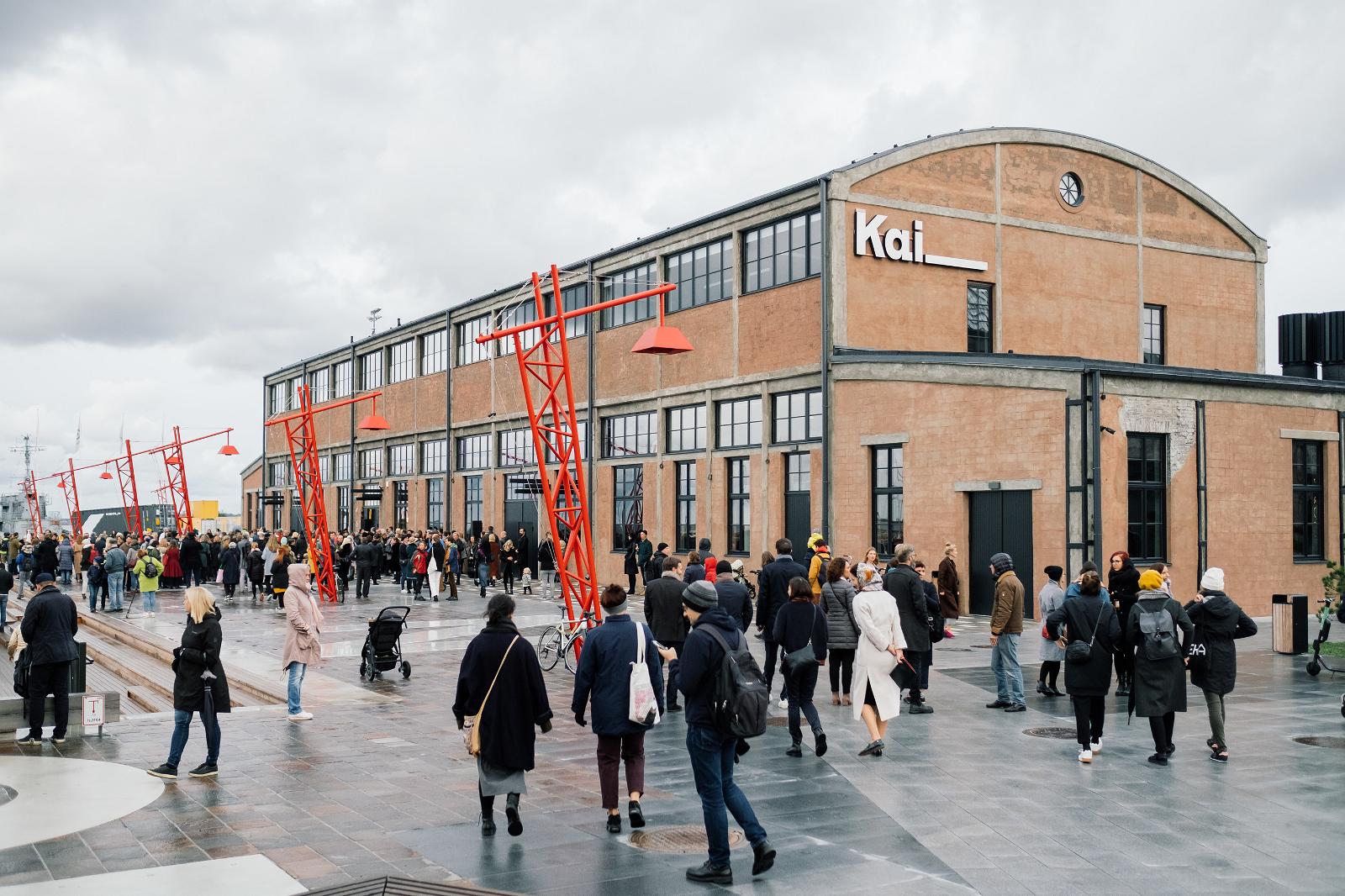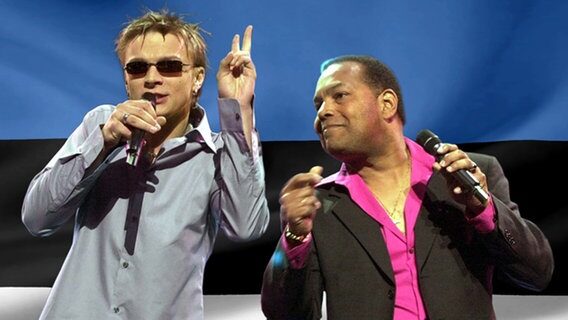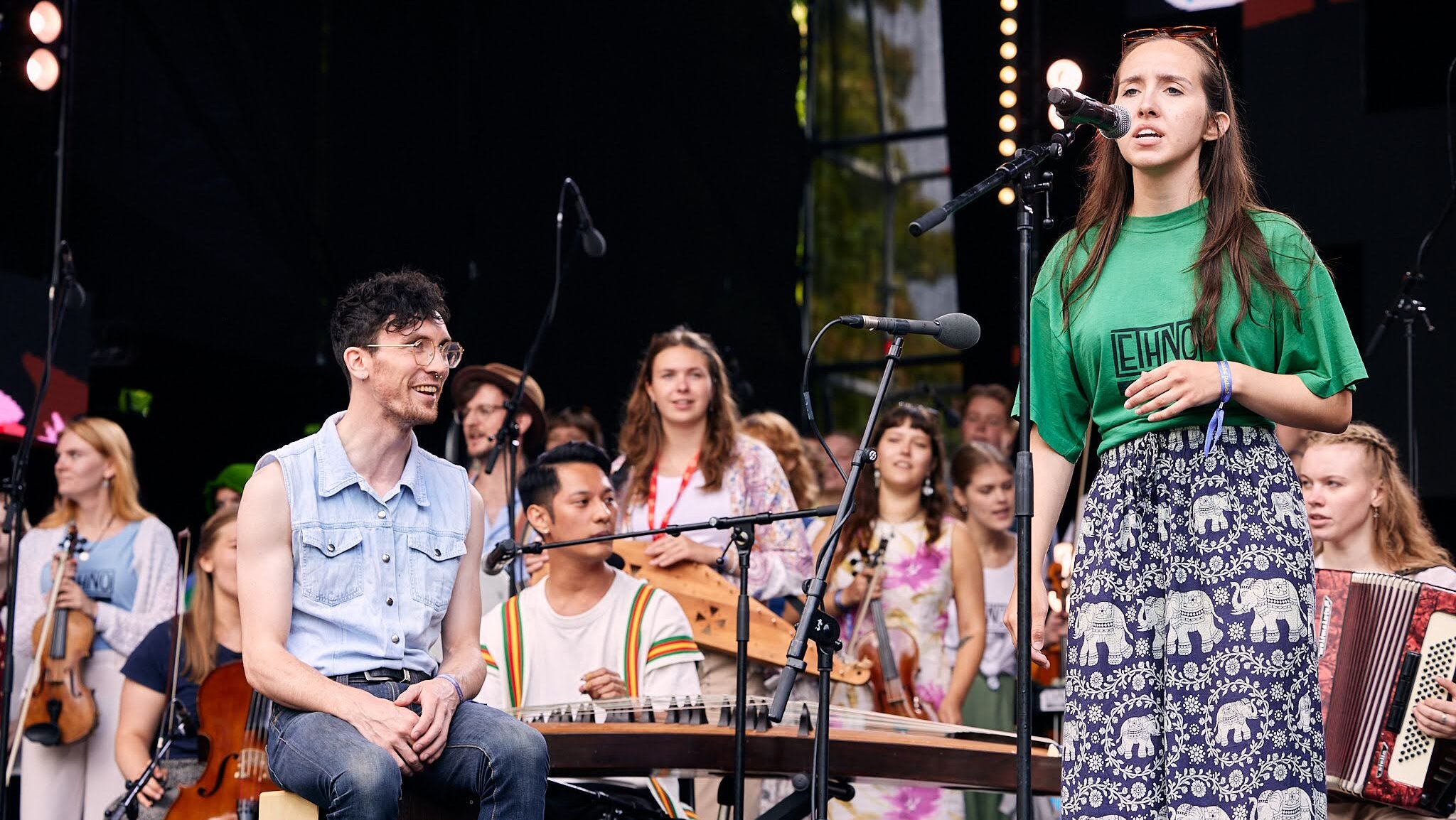Is it simply “what you can get away with” as Andy Warhol apparently said?
As art curators and directors project gallery and museum visitor numbers over the next decades, it has become a matter of making the experience more participatory. Less watching from the sidelines, and more engagement. At the Art Gallery of Ontario, this was noticeable with the arrival of Yayoi Kusama's Infinity Mirrors in 2018. Not only was social media a place to celebrate the dazzling installations created by Kusama, it created a community built around sharing with friends the feelings evoked by the art. Tickets were sold out. The AGO extended its evening hours to accommodate for more visitors.
Not all galleries can or will fit mirror and LED labyrinths into their spaces and budgets. But when institutions make their visitors part of the picture and expand art into a more democratic experience, that's when it thrives most of all.
Kumu in Tallinn has embodied this principle through their ongoing Noorteklubi (Youth Club). The Club is a social way for 15 to 20 year olds to see the many exhibits that come through town, and to broaden one's horizons with projects that include design, screen printing, and poetry. If the gallery is a place where young people can make it their own and have a voice, or even if it's just a place to meet up and be comfortable, it'll take on a life of its own.
11 minutes away is Kai Art Center, which opened in the autumn of 2019. Originally a Tsarist-era naval submarine manufacturing facility, this structure hosts an array of different events: international art residencies, seminars, Foto Tallinn, workshops, and movie screenings. A bistro, cocktail bar, restaurant, and confectionery shop on the ground floor fuel the liveliness of the seaside spot. Art curation mainly involves what we look at, but just as the placement of pieces is considered, consideration can be also made of space usage. As with Kai Art Center, a less rigid facility makes it easier for potential visitors to make the institution personal to them. Inviting artists themselves into these spaces to mingle and talk allows for relationships to be built.
We can liken it to professional sports, another pillar of culture. Not everyone can perform at the level of an NBA basketball player, but the team energy and camaraderie of the game keep bringing spectators in. Athletes become heroes, and push us to put on our sneakers and play, too. Then we watch games with the excitement that we have about playing ourselves.
Or what about music festivals? The bands make the “soundtrack” to the party of everyone there at one time, and the fun of that party is what everyone is after. The bands survive on the relationship they have with their fans.
The more people make art for themselves and the more it's encouraged to become a normal social ingredient, the more popular these places will become. Parties will be thrown. Heroes will be found. It would be another natural thing for everyone to take part in, regardless of if you do it professionally or not.
Written by Vincent Teetsov, Toronto




